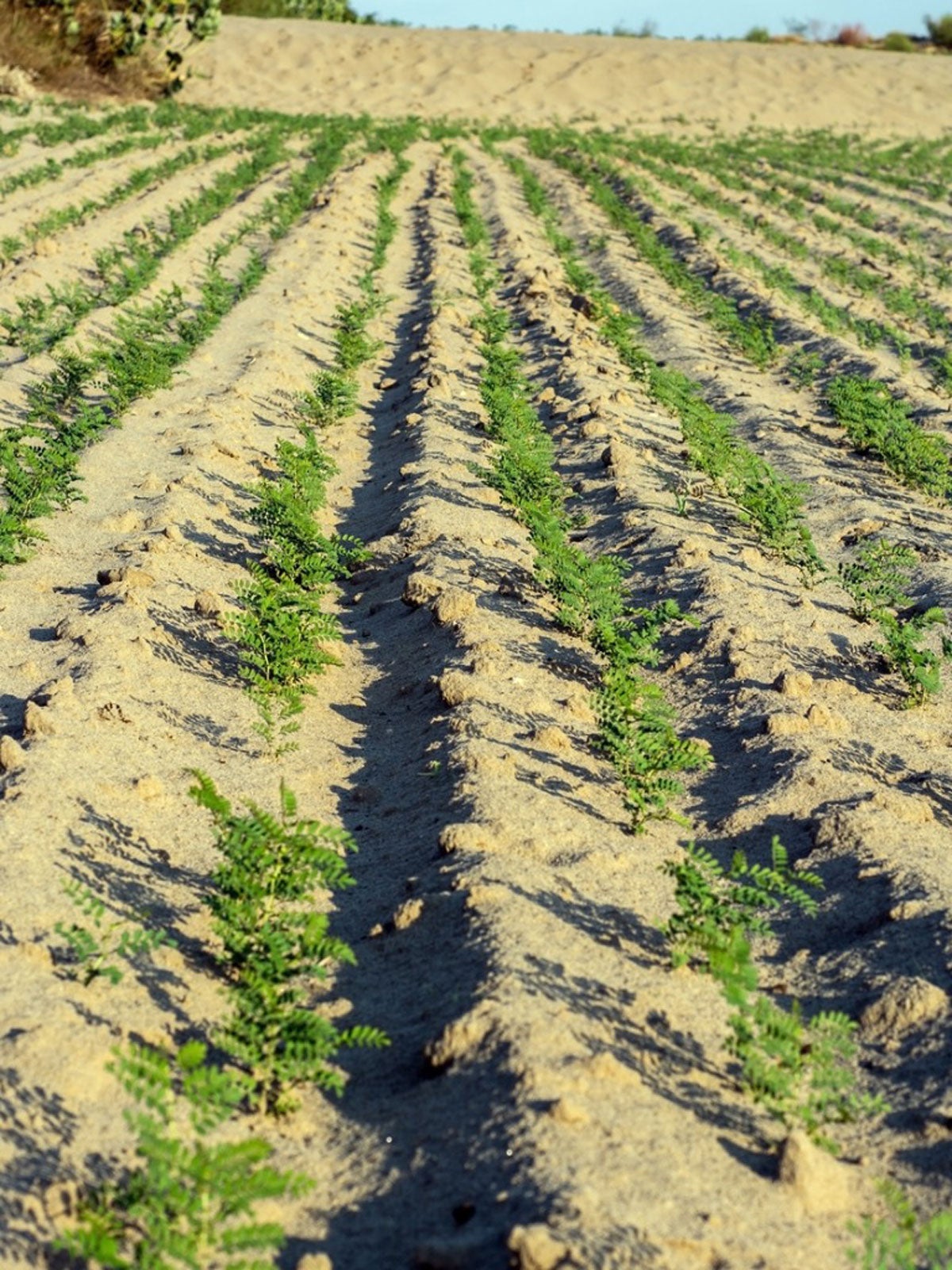Building Contour Beds: What Does Contour Gardening Do


Using the shape of the land to maximize water capture is a time-honored tradition. This practice is called contour gardening. While straight beds may be visually appealing and easy to harvest or hoe between, they are not always the best to conserve moisture.
Read on to learn more about contour gardening.
What is Contour Gardening?
You don't always get land that is perfectly flat or has straight lines. Sometimes you just have to wing it and get creative to make garden beds. Don't force beds where they aren't naturally fitting into the landscape. Instead, use the oddness of the land's configuration by building contour beds.
Developing contour garden rows makes sense. It allows you to work with the land rather than against it. Consider the rice paddies of Japan which arch and angle as they tiptoe down the hills. Great examples of contour gardening are often found in commercial crop fields where every inch of land is valuable and topsoil loss must be avoided.
There are many ways to develop contour garden rows. Often using existing soil is sufficient, but on deep slopes, swales and trenches are needed. Sometimes wood is buried under the beds to increase water absorption in poor soils.
What Does Contour Gardening Do?
The four main benefits of contour gardening are:
- Avoids runoff
- Prevents topsoil loss
- Prevents erosion
- Directs and captures rainwater
These are important in any cropping situations but especially areas where soil is light, and rain is plentiful. Much of our cropland has been drained of its nutrient rich topsoil. Heavy rains drive deep trenches in soil and cause landslides. Even in controlled irrigation, much of the water is lost to runoff when there is nothing to catch the moisture.
Gardening tips, videos, info and more delivered right to your inbox!
Sign up for the Gardening Know How newsletter today and receive a free copy of our e-book "How to Grow Delicious Tomatoes".
In situations where fertilizer and herbicides are used, this means the chemicals flow down into moving water systems, causing algae and creating a toxic environment for wildlife. Without contour garden rows, crop and land losses can occur. Planting across the natural lines of the site reduces rain gullies and runoff.
Tips on Building Contour Beds
If your site is small, all you will need is a shovel to start the process. Take a look at the curves of the land and consider how pitched the slope is. You may want to eyeball the situation or map it out with a laser or A-frame level for a professional job.
If the slope is not steep, simply scoop out soil following the curve of the land and deposit it on the downward sloping side of the trenches, making berms. You can choose to shore these up with rock or stone. Alternatively, you can build raised beds to confine the soil. These create microclimates that encourage a diversity of plants.

Bonnie Grant is a professional landscaper with a Certification in Urban Gardening. She has been gardening and writing for 15 years. A former professional chef, she has a passion for edible landscaping.
-
 Never Plant Seedlings Until They Pass These 3 Simple Tests
Never Plant Seedlings Until They Pass These 3 Simple TestsDon't be over-eager to transplant seedlings into the garden before they are ready. These quick and easy checks will help ensure flourishing plants.
By Mary Ellen Ellis
-
 Grow ‘Karl Rosenfield’ Peony Plants For The Ultimate Frilly Border Beauties And Cut Flowers
Grow ‘Karl Rosenfield’ Peony Plants For The Ultimate Frilly Border Beauties And Cut FlowersFor frilly double magenta peony petals infused with a heady fragrance, grow ‘Karl Rosenfield’ peony plants. Here’s how to cultivate the ultimate plushy blooms
By Tonya Barnett
-
 How Many Vegetables To Plant Per Person For A Year
How Many Vegetables To Plant Per Person For A YearGauging how much to plant in a vegetable garden can eliminate waste while still producing enough for your family. Click for more.
By Bonnie L. Grant
-
 13 Perennial Fruits And Vegetables You Only Have To Plant Once
13 Perennial Fruits And Vegetables You Only Have To Plant OnceLooking to set it and forget it? Find out which fruits and vegetables can be grown as perennials.
By Laura Miller
-
 11 Edible Plants For A Year-Round Garden In A Bucket
11 Edible Plants For A Year-Round Garden In A BucketWant to know how to grow food inside your house and which foods do best indoors? Click here to learn all about it.
By Bonnie L. Grant
-
 Frost Tolerance Of Vegetables From Least To Most Hardy
Frost Tolerance Of Vegetables From Least To Most HardyHow cold can vegetables tolerate? Knowing which veggies will survive frosts and freezes is essential for the success of your garden. Click here for more.
By Laura Miller
-
 Best Vegetables To Pickle Straight From The Garden
Best Vegetables To Pickle Straight From The GardenPickles aren’t limited to just cucumbers. Read on for tips on pickling your fresh veggies.
By Amy Grant
-
 Benefits Of Planting In Fall Vs. Spring Vegetable Plots
Benefits Of Planting In Fall Vs. Spring Vegetable PlotsLearn why some vegetables do better if you plant them in fall instead of spring.
By Laura Miller
-
 Interplanting Vegetables In The Fall Garden
Interplanting Vegetables In The Fall GardenLearn all about the benefits of interplanting vegetables for your fall garden.
By Laura Miller
-
 Best Vegetables For Growing In Perlite
Best Vegetables For Growing In PerlitePerlite is a natural growing medium that comes from super-heated volcanic glass. In some cases, it works better than soil. Read on for more info.
By Laura Miller